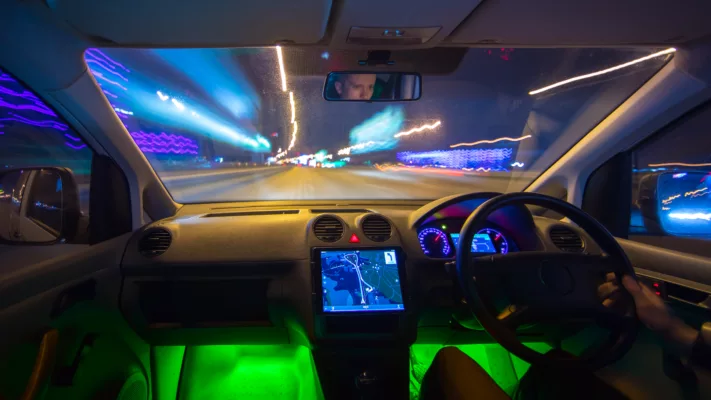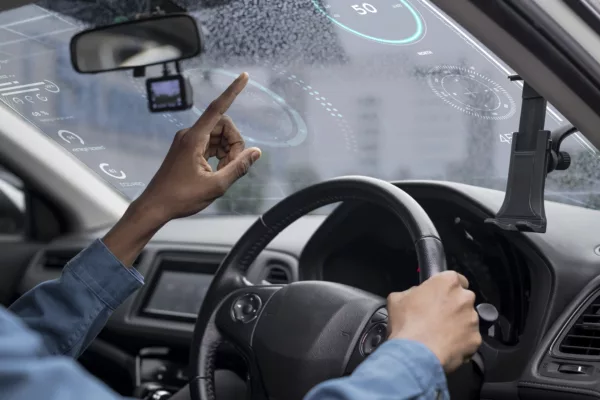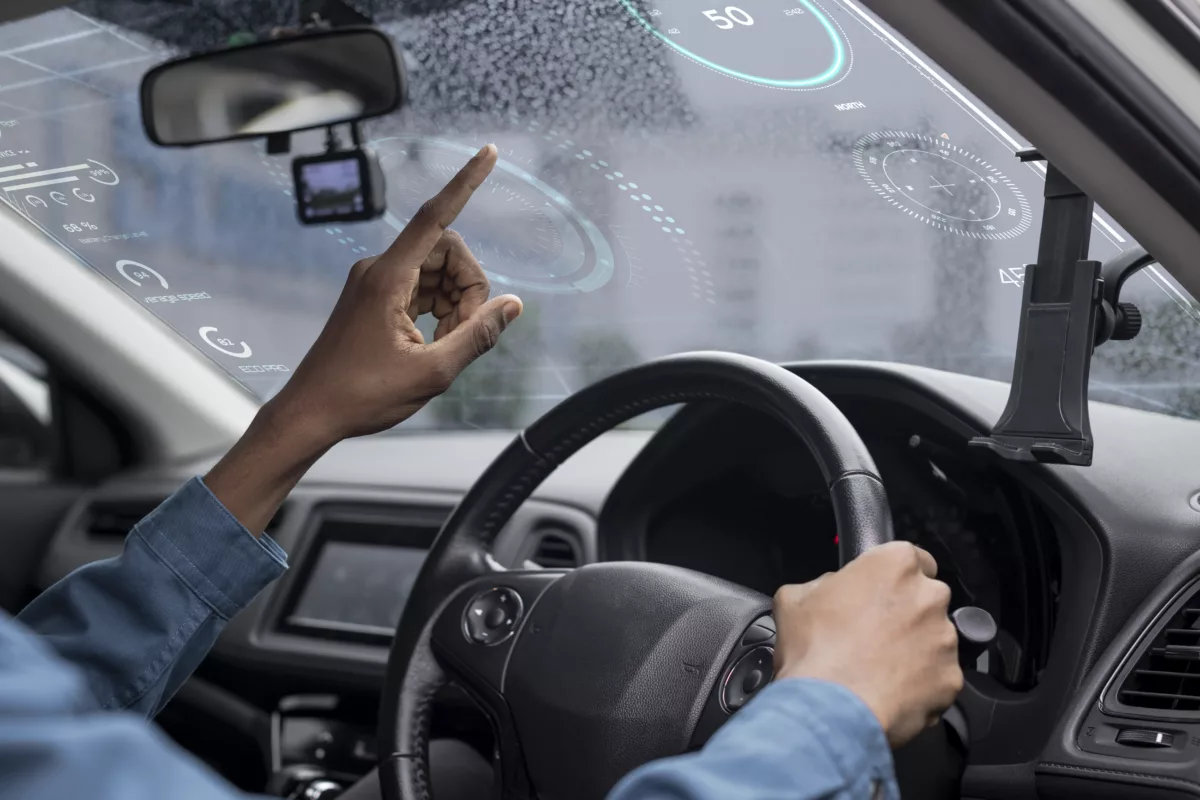Fully automated driving on public roads will become a reality. Car manufacturers have been working on cars that move independently for a long time, and fully automated cars will then enable a practice in which assistance systems take over the work completely. Developers around the world are working on cars for autonomous driving , car manufacturers such as Mercedes, BMW and Tesla are working on the development of systems that make it possible to drive completely autonomously , with the background that the vehicles can take part in public traffic without a driver . Systems for autonomous driving are gradually being improved, so that an autonomous vehicle on the road is no longer a dream of the future.
What is an autonomous vehicle and how do self-driving cars work?
Autonomous driving refers to self-driving cars that do not require an actual driver. In principle, this technology is not an absolute novelty, as such a system for improved mobility and increased safety has already been thought of before. Autonomous cars no longer require a driver; the passenger is guided through traffic without having to sit behind the wheel.

Advantages of autonomous driving
The enthusiasm for self-driving vehicles on the roads is still limited, but there are many advantages of self-driving cars . By completely taking over the driving task and generally participating in daily car traffic, they ensure greater safety. Because they estimate the distance to other road users better than a human could. Around 90 percent of accidents occur due to human error , which could be avoided with the help of self-driving cars. The car takes over all driving functions , controls the steering wheel, brakes and turns independently, on country roads, in towns and on the motorway, so it takes part in normal traffic .
The beginnings of autonomous driving and what is necessary for autonomous cars to drive
According to Tesla, autonomous driving was supposed to be possible as early as 2017, but that didn’t come true. The year 2040 is currently forecast for fully automated driving. The USA is clearly a pioneer when it comes to automated and autonomous technologies . For example, in the US state of Arizona, autonomous vehicles have been used as taxis for a while. In Luxembourg, buses without drivers have even been used to transport people since 2023. This is a current situation that Germany has to catch up with, because developments in this country are sometimes a few years behind .
Levels of automation and artificial intelligence
Basically , highly automated driving is divided into different levels or stages . The transitions between each level of autonomous driving are fluid. Since 2022, it has been possible for the first time for autonomous vehicles to drive alone; the system can only be activated under certain conditions.
There are 5 levels of autonomous driving:
Level 0 means that the driver completely controls the car and drives it himself, Level 1 describes an assisted mode, various assistance systems support the operation of the car. Partial automation , also called Level 2, describes functions such as automatic parking or lane keeping. Other auxiliary systems such as longitudinal guidance, braking or acceleration of the car are also level 2. Level 3 is described as an automated mode , the driver does not have to constantly monitor the car, the vehicle can flash alone and also change lanes, the driver can move away from the car Avert traffic and vehicle controls . At level 3, the driver is asked to take the lead himself in the event of an emergency, taking into account a warning time.
High automation is level 4, the system takes over control of the car permanently, but the driver can still be asked to intervene. From level 5 onwards , the car is in autonomous mode with full automation ; the cars do not require a driver at all. The initial legal basis is in place for driving at levels 4 and 5.
Highly automated driving with GPS
Fully automated vehicles use different technologies, they are based on many fundamentals that are used. There are video cameras attached to the cars that perceive the surrounding area and constantly learn new things using artificial intelligence. For example, they recognize traffic signs and distances to objects and people . The system learns to perceive the environment in a human way and makes decisions based on this.

With highly automated driving, the vehicle is able to drive alone. The driver temporarily relinquishes control of the vehicle to the car. Important new technologies are continually being developed in the areas of environment perception, localization and driving strategy . The surrounding area is scanned using radar sensors; many vehicles currently have a similar system, so-called ultrasonic sensors, which are important for parking assistance.
GPS systems can additionally support and complement autonomous driving. So far, most people have known the global positioning system primarily from using navigation devices. Another advantage is that the GPS signal tells the car where it is and at the same time the car also gets a view of the route ahead. This means the car can easily adapt its speed or driving style to the conditions . In addition, the vehicle’s acceleration sensors detect which lane you are currently driving in, so the technology can determine whether you are driving correctly and safely.
The computer in the car categorizes the environment into different objects; it perceives them differently than the human eye. It divides the objects into traffic signs, people and the actual road. This is important so that the computer can make decisions regarding the trip. In addition, the AI can calculate many different probabilities based on movements and speeds , giving the car the opportunity to react appropriately in different situations.
How GPS works and how it enriches autonomous cars
GPS chips that fulfill various functions are now always installed in modern vehicles . They can be used for location and navigation . Satellite signals are used here, which send out their data at regular intervals. The GPS receiver receives this information and can use it and the transmission time to determine its own position very precisely.
In this way, the GPS in the autonomous vehicle can be combined with the existing technology; the perceived area can be immediately anchored with the coordinates. This makes it possible for the vehicle to recognize certain areas or routes.

Planning longer journeys is also significantly simplified by a combination of these systems . GPS offers the option of selecting specific routes in advance or using saved routes. The user can view this on their smartphone and adjust it if necessary. Thanks to GPS, the current position on the road can always be determined, which is a great advantage for private individuals and for commercial purposes. If an emergency occurs, the affected person can immediately call for help; thanks to the sensor and GPS, it is no problem to transmit the current location. This allows rescue workers and police to shorten the time they need to find a person who has had an accident.
Autonomous driving in Germany
In addition to the transport of people, automated transport will shape other areas, especially the economy. Autonomous agricultural machines are conceivable in agriculture, so it is possible to reduce costs and increase efficiency . The use of autonomous technologies is also conceivable in industry; some tasks can be completely transferred to fully automated vehicles , for example loading freight or transport.
Autonomous vehicles in Germany
An autonomous vehicle will be on the road in Darmstadt for the first time in May 2023, and additional cars for fully autonomous driving are planned in the following months. After a successful second test phase with test customers, the vehicles will be integrated into the existing offers and will then be accessible to interested parties. Fully automated vehicles should then travel at normal speeds in normal traffic . Since 2023, autonomous vehicles have been allowed to travel at speeds of up to 130 km/h; previously only just under half were allowed, but strict rules still apply for people and cars. There must always be someone in the car; they may not be sleeping, but may be doing other activities, such as chatting on their cell phone or reading.



